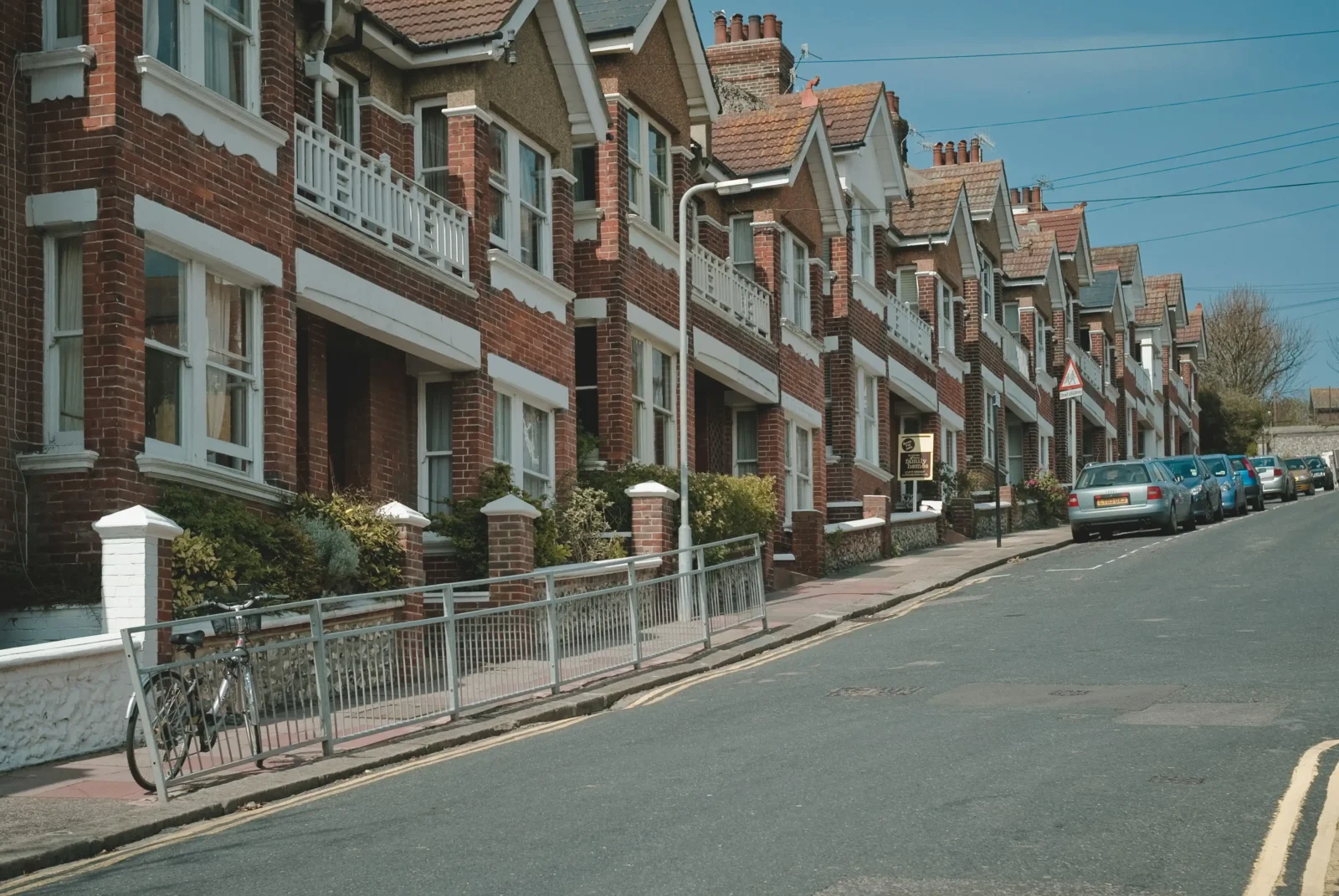- Home
- Articles
- Architectural Portfolio
- Architectral Presentation
- Inspirational Stories
- Architecture News
- Visualization
- BIM Industry
- Facade Design
- Parametric Design
- Career
- Landscape Architecture
- Construction
- Artificial Intelligence
- Sketching
- Design Softwares
- Diagrams
- Writing
- Architectural Tips
- Sustainability
- Courses
- Concept
- Technology
- History & Heritage
- Future of Architecture
- Guides & How-To
- Art & Culture
- Projects
- Interior Design
- Competitions
- Jobs
- Store
- Tools
- More
- Home
- Articles
- Architectural Portfolio
- Architectral Presentation
- Inspirational Stories
- Architecture News
- Visualization
- BIM Industry
- Facade Design
- Parametric Design
- Career
- Landscape Architecture
- Construction
- Artificial Intelligence
- Sketching
- Design Softwares
- Diagrams
- Writing
- Architectural Tips
- Sustainability
- Courses
- Concept
- Technology
- History & Heritage
- Future of Architecture
- Guides & How-To
- Art & Culture
- Projects
- Interior Design
- Competitions
- Jobs
- Store
- Tools
- More
Discover How Minimalist Architecture Boosts Focus and Productivity
Explore how minimalist architecture enhances focus and productivity by embracing simplicity and functionality. Discover how clutter-free environments, natural light, and purposeful designs foster mental clarity and efficient workflows.

In today’s fast-paced world, we’re constantly seeking ways to enhance our focus and productivity. One often-overlooked solution lies in our surroundings—specifically, the spaces we inhabit. Minimalist architecture, with its clean lines and uncluttered designs, offers more than just aesthetic appeal. It creates environments that foster mental clarity and efficiency.
By embracing simplicity, minimalist spaces reduce distractions, allowing us to concentrate on the tasks at hand. The absence of visual clutter helps our minds stay organized, promoting a sense of calm and focus. As we streamline our environments, we often find that our thoughts follow suit, leading to increased productivity.
Moreover, minimalist architecture encourages us to prioritize functionality over excess. This intentional design approach ensures that each element in a space serves a purpose, supporting our daily routines and work habits. As we explore the benefits of minimalist architecture, we’ll discover how these thoughtfully designed spaces can transform our productivity and focus.

Table of Contents
ToggleThe Essence Of Minimalist Architecture
Minimalist architecture focuses on simplicity and functionality, merging both to create spaces that enhance our concentration. By eliminating unnecessary elements, these designs encourage us to focus on what truly matters. Fewer visual distractions in spaces, such as open layouts and neutral color palettes, contribute to a calm environment conducive to productivity.
In minimalist design, functionality dictates form. Each element serves a distinct purpose, supporting our daily activities with efficiency. Streamlined furniture with multipurpose functions, for example, adds utility without cluttering the space. This thoughtful approach ensures that everything in the environment harmonizes with our objectives, reducing cognitive load.
Natural light plays a crucial role in minimalist architecture. Large windows and strategic placement of openings flood spaces with daylight, reducing reliance on artificial lighting and boosting our mood. The inclusion of natural light enhances the user experience, improving focus and overall well-being.
Material choices impact the essence of minimalist spaces. Selecting sustainable materials like wood and stone adds warmth and texture, creating a visually pleasing yet distraction-free environment. These materials, when used wisely, emphasize simplicity and elegance, contributing to a serene space that enhances our ability to concentrate on tasks.
This architecture promotes mental clarity through intentional design. When we integrate minimalism into our environments, we create more than just spaces; we build atmospheres that foster higher levels of focus and productivity. By prioritizing functionality and simplicity, minimalist architecture empowers us to thrive in our personal and professional lives.

Key Principles Of Minimalist Design
Minimalist design focuses on creating spaces that are both serene and efficient, enhancing our ability to concentrate and perform tasks effectively. By adhering to certain principles, minimalist architecture maximizes focus and productivity.
Simplicity And Functionality
In minimalist design, simplicity and functionality intertwine to create purposeful spaces. Each element within the space serves a clear, practical purpose, avoiding excess and emphasizing use. Simplified layouts eliminate unnecessary details, ensuring that every design choice supports daily functions and facilitates ease of movement.
Open And Uncluttered Spaces
Open plan interiors in minimalist architecture foster a sense of calm and clarity. By maintaining uncluttered areas, these designs reduce visual distractions, allowing us to concentrate better. Large, open spaces promote a seamless flow of movement, encouraging a tranquil and organized environment conducive to productivity.
Natural Light Utilization
Minimalist spaces optimize natural light, enhancing both mood and work efficiency. Large windows and strategically placed openings allow sunlight to permeate the space, creating a warm and inviting atmosphere. Increased exposure to natural light improves focus and elevates overall well-being, reinforcing the benefits of minimalist design.
Psychological Benefits Of Minimalism
Minimalist architecture offers several psychological benefits that directly influence our focus and productivity. By understanding these benefits, we can create spaces that support mental well-being and efficiency.
Reducing Mental Clutter
Minimalist spaces minimize mental clutter by eliminating unnecessary items, which helps reduce stress and anxiety. With clean surfaces and fewer objects vying for our attention, we can focus our mental energy on essential tasks. This clear physical environment allows our minds to remain organized and efficient, fostering a sense of calm and control.
Enhancing Focus And Clarity
Minimalism improves focus and clarity by prioritizing essential elements. In such environments, distractions decrease, creating a tranquil atmosphere that supports concentration. By maintaining simple lines and open spaces, minimalist designs enable us to focus on tasks with heightened clarity. This encourages a state of flow where productivity can thrive due to reduced interruption and visual noise.

Productivity Advantages Of Minimalist Architecture
Minimalist architecture enhances productivity by fostering a workspace that’s free of distractions. It creates environments where focus thrives and ideas flow seamlessly.
Streamlined Workflow
Minimalist architecture aids in optimizing workflows by removing unnecessary clutter. With fewer elements, we can navigate our spaces more efficiently. Designating areas for specific tasks within a minimalist environment promotes a natural rhythm, reducing time spent searching for tools or documents. Open spaces improve movement and visual clarity, helping us manage daily tasks with ease.
Inspiring Creativity
Minimalism in architecture provides a blank canvas that inspires creativity. An uncluttered setting encourages innovation, as it leaves room for flexible thinking and new ideas. When distractions are minimized, our minds have the freedom to explore creative solutions. Natural light also plays a role in enhancing mood, which further stirs our creative energies.

Challenges And Considerations
Exploring minimalist architecture reveals unique challenges and considerations crucial for optimizing focus and productivity. These factors shape how we integrate minimalist principles into our spaces.
Balancing Minimalism And Personalization
Striking a balance between minimalism and personalization enhances focus. While minimalist designs often dictate simplicity, maintaining individuality helps create a comfortable environment conducive to productivity. Personal touches like artwork or textured fabrics offer emotional connection without overwhelming the space. Contentment in our surroundings boosts engagement, making a carefully curated combination of simplicity and character essential.
Architectural Limitations
Architectural constraints can affect minimalist designs. Older buildings with structural elements like load-bearing walls limit layout changes, and altering them involves extensive renovation. Integrating natural light isn’t always feasible due to existing window placements. Structural constraints require creative solutions, such as using light-reflecting materials or strategic furniture placement, to maintain aesthetic continuity and enhance focus.
Conclusion
Minimalist architecture creates environments that significantly enhance focus and productivity. By prioritizing clean lines and purposeful design, it reduces distractions and fosters clarity. This approach not only supports efficient workflows but also promotes mental well-being. By incorporating natural light and sustainable materials, minimalist spaces remain functional and aesthetically pleasing. Success stories from companies and individuals prove its efficacy in boosting productivity. Balancing minimalist principles with personalization further strengthens engagement, making it a powerful tool in modern architecture.
- architectural design for focus.
- benefits of minimalist design
- design for productivity
- efficient minimalist spaces
- enhancing focus with design
- focus and productivity
- improve focus with minimalist design
- increase productivity with minimalism
- minimalism and mental clarity
- Minimalism in Architecture
- minimalist architecture
- minimalist design benefits
- minimalist interior design
- Minimalist Office Design
- minimalist workspace ideas
- productivity with minimalist spaces
- simple architecture for productivity
- workplace minimalism
Submit your architectural projects
Follow these steps for submission your project. Submission FormLatest Posts
10 Interesting Facts About Zaha Hadid
Zaha Hadid was a visionary architect whose fluid forms, bold experimentation, and...
Online 3D Terrain Mapping Tools for Urban and Landscape Design in 2025
A curated guide to the best online 3D terrain mapping tools in...
Common Emergency Repairs Every Homeowner Should Be Ready For
For most of us, when something goes wrong, we have a propensity...
Designing, Retrofitting, and Valuing Non-Standard Homes in Britain
Britain’s housing stock carries a quiet contradiction. From the street, many homes...












Leave a comment